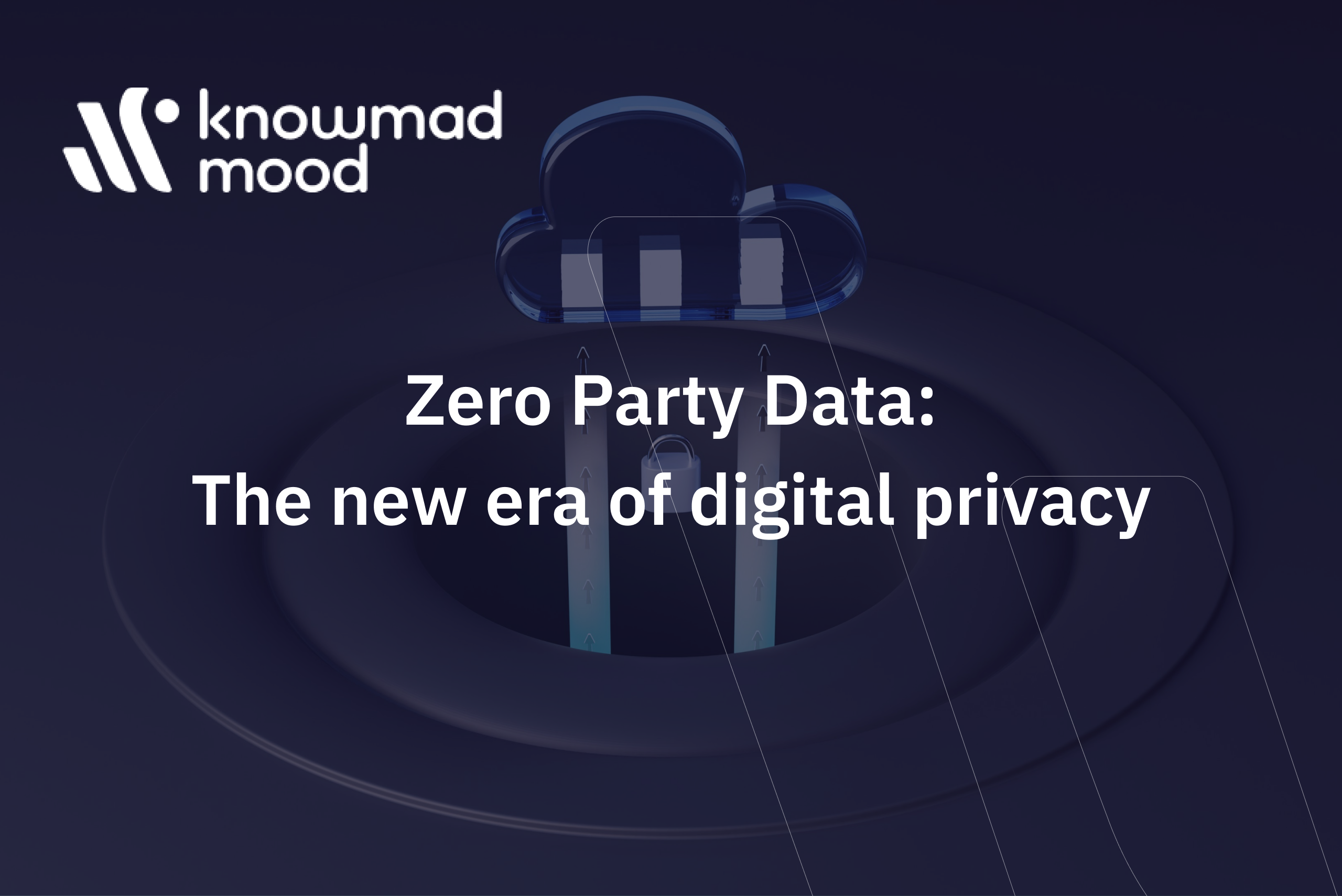
Zero Party Data: The new era of digital privacy
Since early 2020, when Google announced that it was stopping the use of Third-Party cookies in its Chrome browser – thereby joining the trend started by Apple with Safari that was then followed by Firefox and the rest of the browsers – marketers have lived in a certain state of uncertainty in the face of the collapse of one of the pillars of digital advertising.
A trend driven by the GDPR, (June 2018), and by greater user awareness regarding their privacy and the bad practices that many companies were carrying out until then (we all remember the first big scandal in this regard, the Cambridge Analytics scandal by Facebook)
This was a milestone in the history of Digital Marketing; a milestone that also caught Google on the wrong foot, as evidenced by the successive delays in implementing what we know now as Cookie Armageddon. But now, at last, it seems that the final date will be 1 July 2024.
Google aims is to replace Third-Party cookies with what it calls the Privacy Sandbox, which will allow Google to find out information about the possible interests of users based on their activity in Chrome and without directly tracking them.
But what are Zero, First and Third-Party Data?
- Zero-Party Data: Data provided directly and voluntarily by the user. They may relate to purchase intent, personal context or even how the customer wants to be recognised by the brand. For example, a contact preference, or information filled in a form.
- First-Party Data: This is data obtained through technology based on the customer’s behaviour and consumer habits. For instance, pages or products viewed on my website or app, associated with a user.
- Second-Party Data: This data is shared between companies. Basically, this is data obtained through exchange with another business, company or brand so that both parties benefit. For instance, when we agree to our data being shared with partner companies when we attend an event or when we subscribe to a form.
- Third-Party Data: This is data that the company obtains from an external source. For example, data provided to us by advertising platforms about a user’s interaction with our advertisement on that platform (third party cookies are a form of such Third-Party Data).
However, as marketers we cannot and should not wait until 1 July. While Chrome is the most widely used browser, almost 40% of all traffic worldwide comes from other browsers (according to Statista figures as of September 2023), so, by relying on Google’s solution for our Digital Marketing campaigns we exclude the almost 40% of traffic and business intelligence that we can’t track.
This is leading to increased pressure on businesses to adopt unified user profiling and insight strategies based on diverse data sources. Hence, the current trend is to complete a unique profile through Zero and First-Party Data, and we can only achieve this with the right choice of our Marketing Technology (MarTech) stack.
Zero and First-Party Data are also emerging as more accurate, more transparent and, above all, much more ethical alternatives, where the user is in control of his or her data and decides what and how to share it. From a business perspective, a marketing strategy focused on Zero and First Party Data makes us independent of third party solutions that are much less accurate and increasingly based on broad audiences limited only to that platform.
Customer Engagement Platforms
In this new scenario, Customer Engagement Platforms are becoming the central element in the MarTech ecosystem (even displacing CRM in importance), as they allow us to collect and manage Zero and First-Party Data or user consent, as well as any structured or unstructured data that we may collect in any channel or tool, process it and be able to carry out actions in real time, enabling Real-Time Marketing or RTM in an omnichannel environment.
Customer Engagement Platforms also adapt to the current context, where AI plays a role in helping the marketer to analyse data, propose new business rules, or directly facilitate our task with Generative Artificial Intelligence (GAI) by creating copies, A/B tests, RFM models/user clusters or even Buyer Personas in real time based on the interests and behaviour of our users, generating audiences from multidimensional analysis for which we can create unique omnichannel experiences in a phygital environment
Conclusions
As we move into the era of privacy and Customer Intimacy, a proactive, ethical and transparent approach to collecting and using user data is essential.
Trust will be fundamental to gaining and maintaining the loyalty of our users and customers, and the businesses that master the implementation and leverage the capabilities of Customer Engagement Platforms, and their merger with GAI, will be the ones that lead our sector or industry.
Author: Eduardo Cano Aguado, Customer Value Manager at knowmad mood

